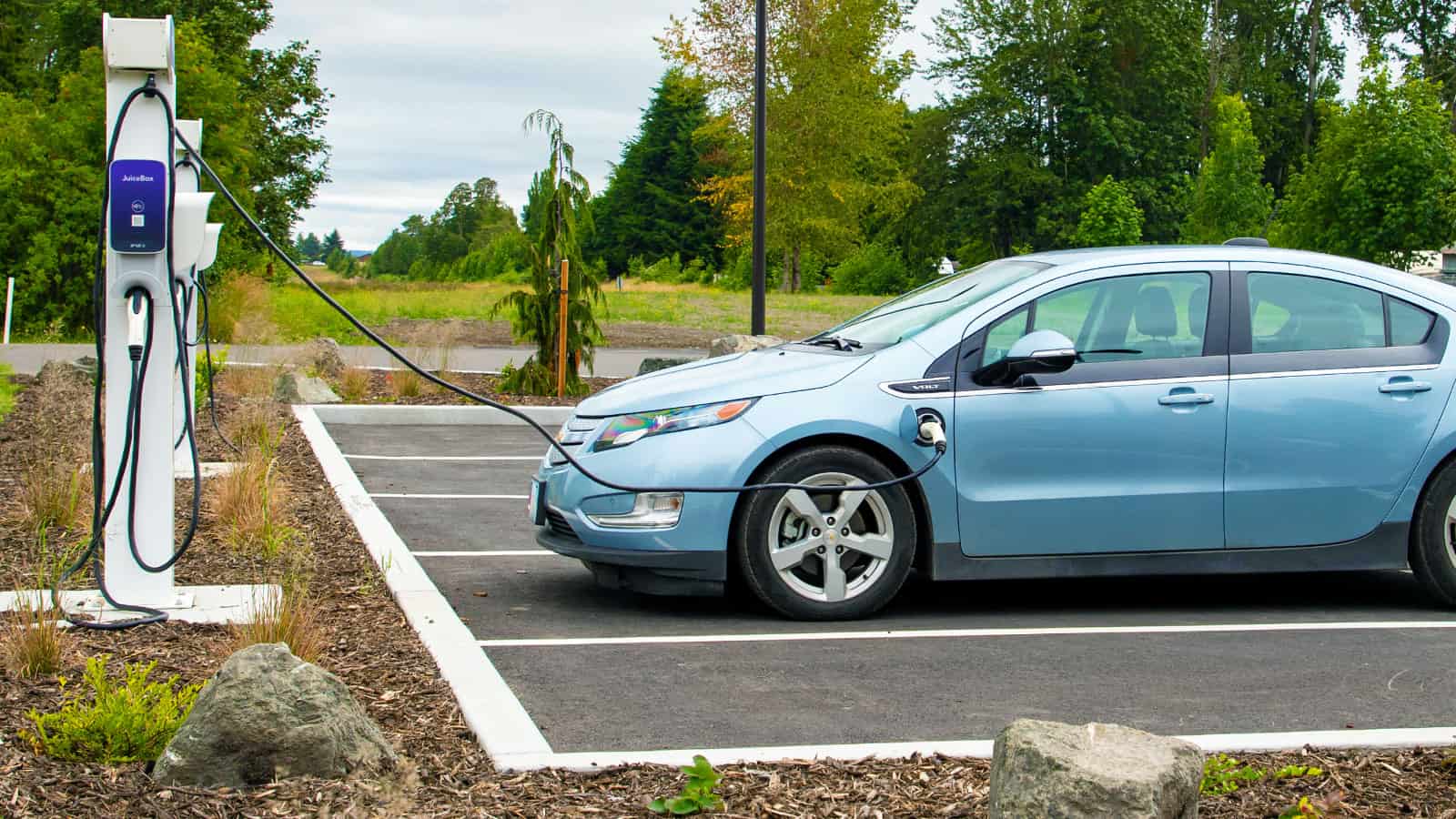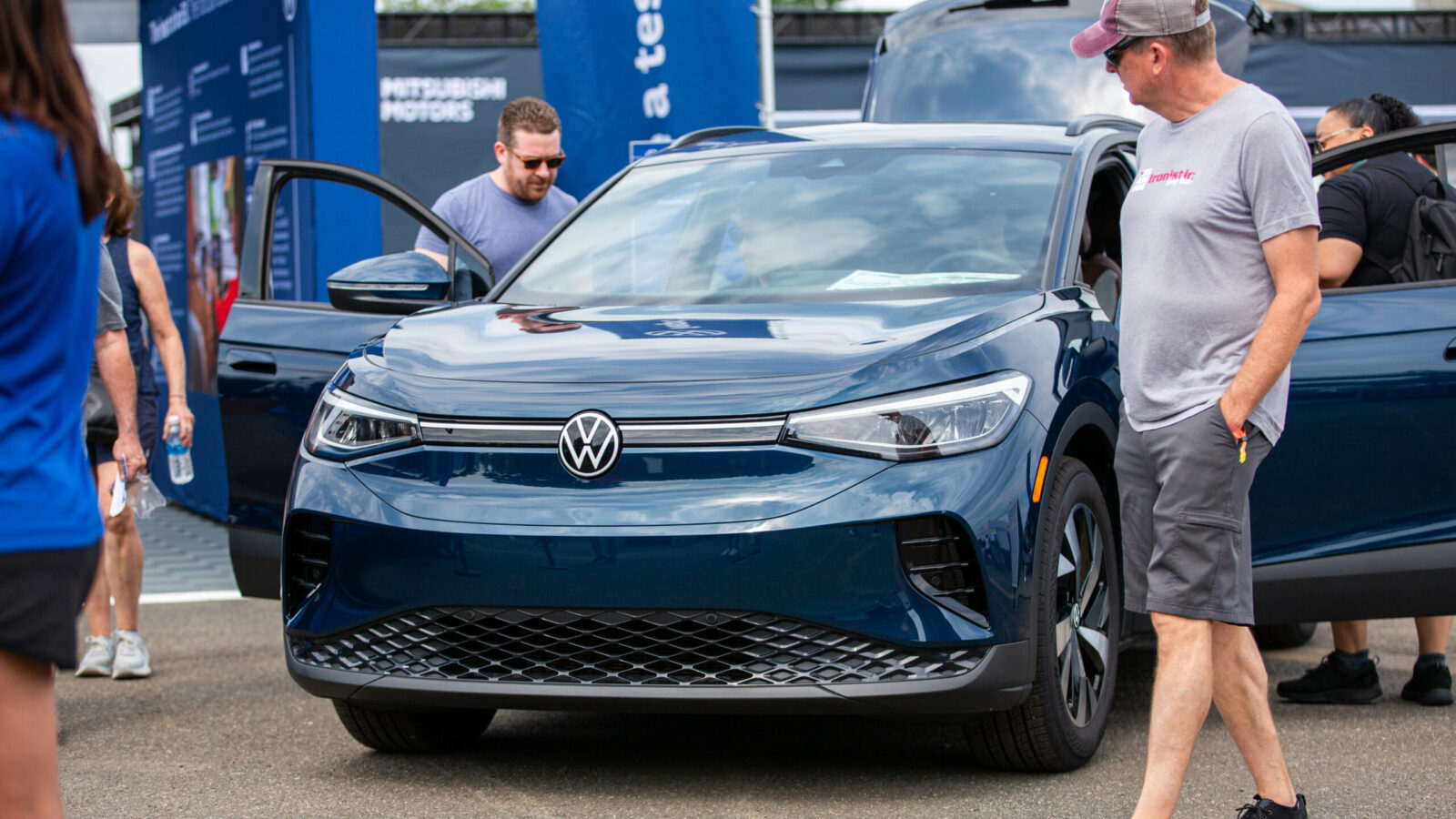- Common misconceptions persist about EVs, including the belief that they aren’t convenient to charge.
- Thanks to Level 2 and Level 3 chargers, charging is much faster than it would be with just a Level 1 charger.
- Also, most EV owners aren’t running their batteries down to 0%, meaning that charging is already going to be a faster process.
We’ve done some solid myth busting about EVs here at Electrify News, but there are still some more myths that we need to tackle. Some people out there still think that electric vehicles are not convenient to charge, which just isn’t the case. We delve into how EVs are much more convenient than you might think when it comes to charging.
Myth #1: EV Charging Is Slow
One of the main reasons this myth persists is because of Level 1 connectors, which are included with EVs and are, indeed, rather slow. But it’s important to know that most people don’t use up their vehicle’s entire range in a single day.
The typical daily commute and running errands around town won’t deplete your EV’s battery all that much. In fact, according to the Bureau of Transportation Statistics, more than half of all trips in 2021 were less than 3 miles, and 79% of trips were 10 miles or shorter.
So, even if you have only the standard 120 V connector at home, charging up maybe 20% of your total battery’s capacity each time you take out your EV is totally sufficient. Plus, “topping up” your battery that 20% won’t take nearly as long as going from 0% to 100%, which is going to be rare for everyday use.
In addition, there are Level 2 home chargers you can buy now, and they’re a more powerful at-home charging option. With a Level 2 charger, you can easily charge your vehicle overnight, even if you’ve depleted your battery’s charge.
Of course, there are Level 3 chargers as well, which completely dispel the myth that EVs are slow to charge. In fact, the Kia EV6 can reputedly charge at a rate of 14.5 miles per minute on a Level 3 charger. With blazing charging speeds like this, it’s clear that EVs don’t have to be slow to charge.
Myth #2: EVs Can’t Be Driven or Charged in the Rain
Let’s tackle another myth that’s related to the belief that electric vehicles are not convenient to charge. Yes, you can drive and charge your EV in the rain.
It may certainly seem perilous to charge your EV in the rain, what with water + electricity = doom. But EVs undergo extensive weatherproofing and safety testing, ensuring they can handle even the most torrential downpours. On the other end of it, chargepoints are also subject to rigorous safety standards and regulations.
Just like with any type of vehicle, though, don’t drive your EV through flooded areas.
Myth #3: There Aren’t Enough Charging Stations
This one might depend on where you live. It is true that EV charging infrastructure still needs improvement, but investments in future EV infrastructure are underway right now, with the market expected to reach $121.09 billion by 2030.
The number of charging stations in the U.S. is steadily increasing – according to the U.S. Department of Energy’s Alternative Fuels Data Center, there are currently over 54,000 charging stations available to the public as of June 2023.
With the growing number of charging options, charging an electric vehicle is becoming more convenient every day.
Electric Vehicles Are Getting Better and Better
Call us biased, maybe, but we’re excited to see how EV manufacturers are continually improving their vehicles. Charging speed is definitely top of mind for a lot of consumers, so car brands and charging companies are looking to see how they can speed things up while keeping the process safe for consumers.
No matter what, you can rest easy knowing that electric vehicles are, in fact, convenient to charge.

FEATURE IMAGE: CINDY SHEBLEY
FTC: We use income-earning auto affiliate links. Learn more.











